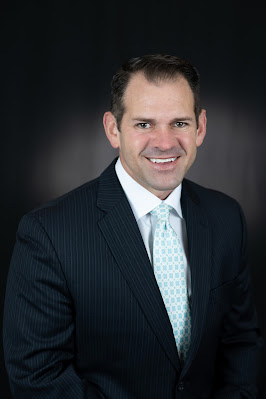P5–99: Greater interelectrode distance in biventricular pacing predicts response to cardiac resynchronization therapy in patients with congestive heart failure
 |
| Ian Weisberg MD |
Ian Weisberg MD, Binu Jacob MD, Alan Miller MD, Steve S. Hsu MD
Background
Cardiac resynchronization therapy (CRT) in heart failure patients with dyssynchrony leads to a significant improvement in quality of life; however, some of patients who receive CRT are non-responders. There is little data on intraprocedural parameters that can predict response to CRT. We have hypothesized that greater interelectrode distance between the left ventricular (LV) and right ventricular (RV) leads would result in earlier complete depolarization of the left ventricle, narrower QRS.Methods
We retrospectively studied 22 patients who met criteria for biventricular (Bi-V) pacemaker or defibrillator implantation. All patients received endovascular leads. A blinded heart failure physician determined responders (n=12) and non-responders (n=10) based on improvement in New York Heart Association (NYHA) functional class. There was no baseline difference between the two groups with respect to functional class, etiology of cardiomyopathy, LV size, or ejection fraction. At the time ofResults
At an average follow-up of 15.4 ± 6.7 months, responders improved by an average of one NYHA functional class while non-responders showed no change in their functional class. There was a significantly greater distance between LV and RV electrodes in the LAO view in the responders vs. non-responders (91.3mm ± 17.8mm vs. 67.5mm ± 34.9mm, p=0.05). QRS width and axis were not predictive of response to CRT.Conclusion
Greater interelectrode distance during biventricular pacing is predictive of conferring benefit from CRT in these patients. This may be due to in part by increasing the ability to program interelectrode timing of activation. Further studies are needed to determine if there is a minimal interelectrode distance necessary for response to CRT. — Ian Weisberg MDOriginally published at https://www.sciencedirect.com/ on May 4, 2006.


Comments
Post a Comment